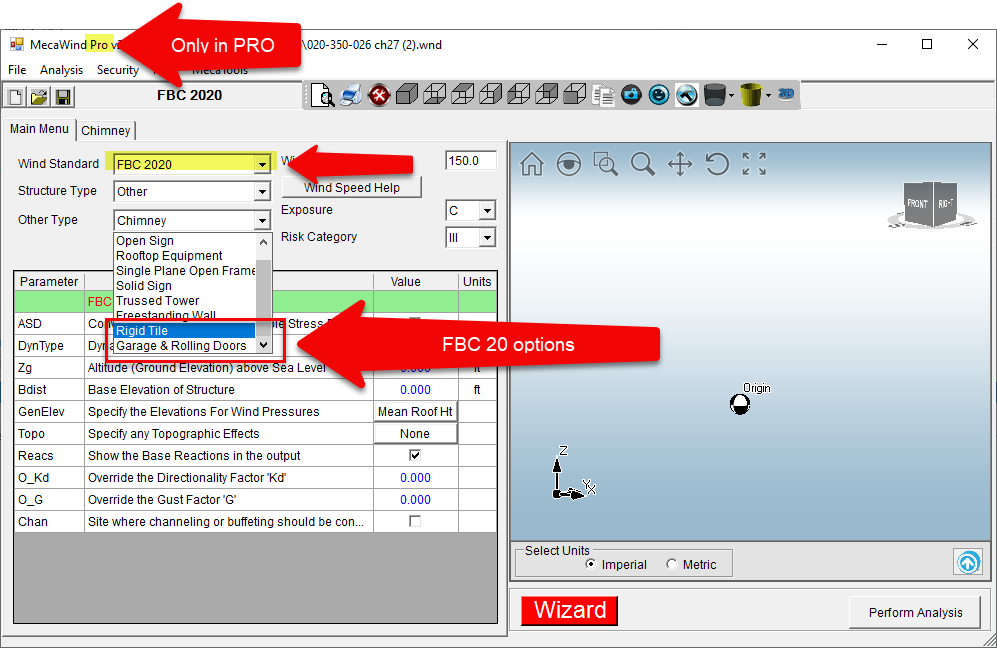2020 Florida Building Code 7th Edition
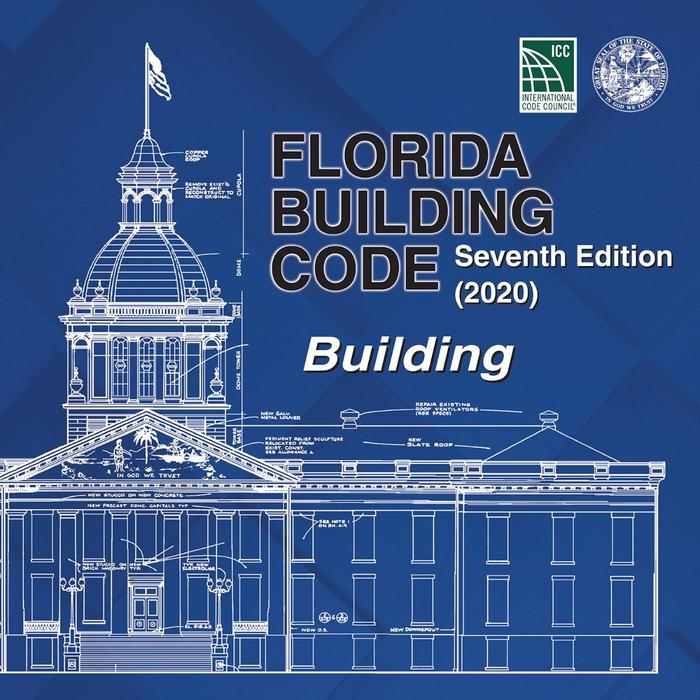
It was Benjamain Franklin that said “..in this world nothing can be said to be certain, except death and taxes and code changes“. Ok, maybe I added that part about code changes, but it is true. Just about the time you think you understand the code and how to apply it to your designs, they change it. Usually these changes only make things more complicated, but I have a pleasant surprise for you. The 2020 Florida Building Code 7th edition is actually simpler and more straight forward than the 2017 Florida Building Code 6th edition.
Note: Meca is in not on any committees nor do we have any part in the creation of the FBC 2020 as it relates to wind, we just offer our observations on the changes in the document.
Florida Building Code 2020 / 7th Edition
According to floridabuilding.org the 7th edition (2020) of the Florida Building Code will go into effect January 1, 2021. We haven’t been able to find any information indicating whether all jurisdictions will adopt FBC 2020 at this time or not. An online copy of the 2020 Florida Building Code 7th Edition is available at this link.
Here are the major changes in the 7th Edition of the Florida Building Code:
2020 FBC 7th edition now references ASCE 7-16 for loading
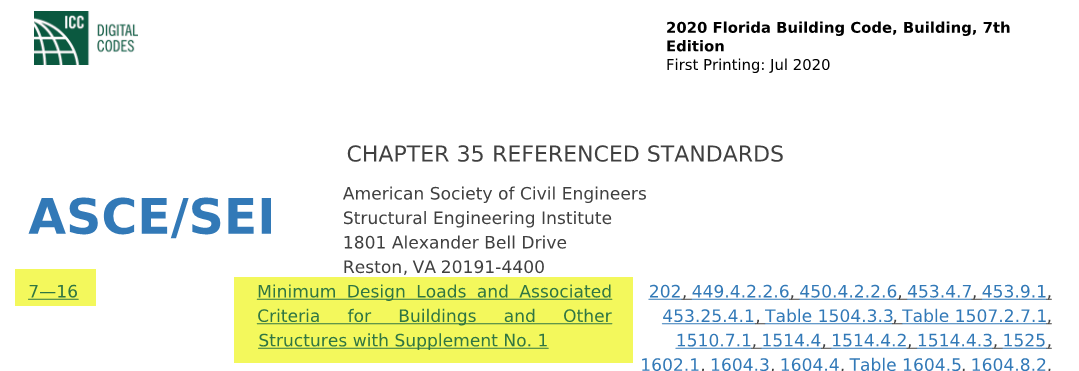
Separate Wind Map for Category III and IV
In the 2017 FBC 6th edition, there was one wind map for Category III AND IV. Now, that wind map is only used for Category III in the 2020 FBC, and there is a new wind map added for Category IV. This change parallels the same change that was made in ASCE 7-16 when it was updated from ASCE 7-10.
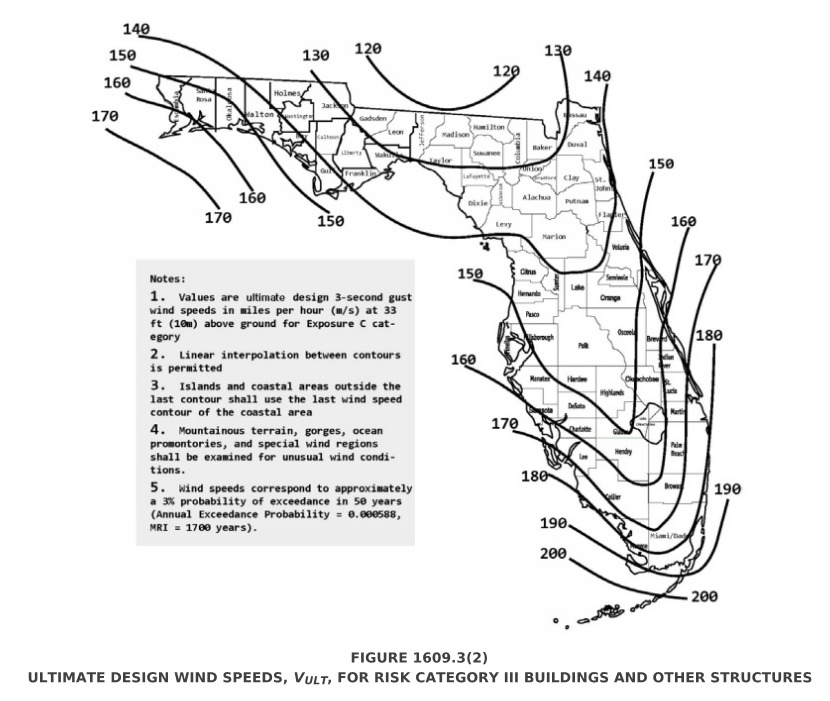
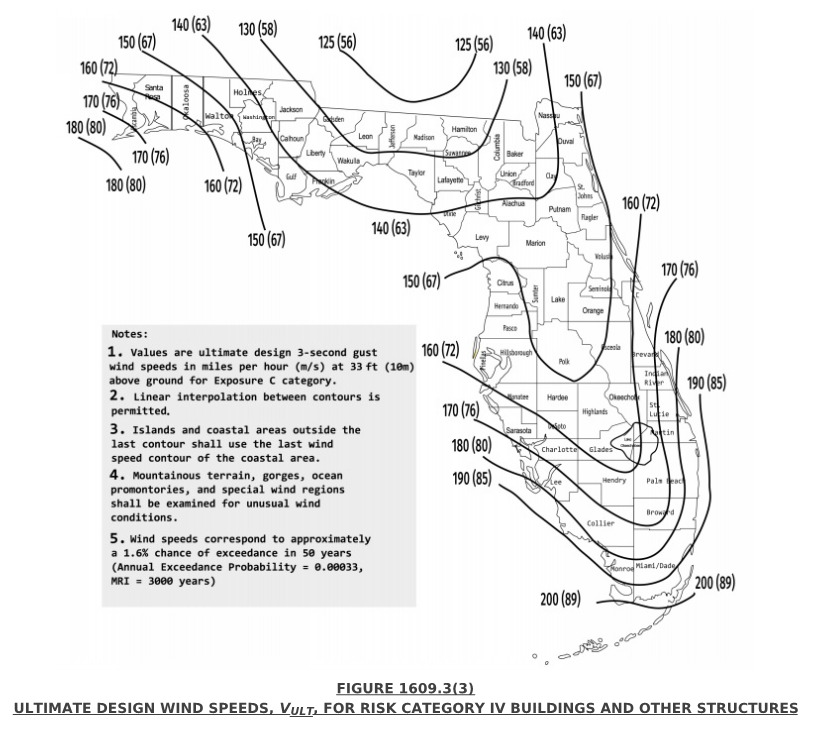
Removed the Alternate All-Heights Method.
In 2017 FBC 6th edition, there was a special section, 1609.6, that addressed an alternate all-heights method. If certain criteria were met then this special method could be followed. Meca does not know the background behind this section, but it appeared to us that it was an attempt to give a “simplified” method to calcualte wind pressures; however, with the use of software it actually seemed more complicated than just following ASCE 7 to us. Regardless of the history on this section, it has now been removed from the latest 2020 FBC 7th edition.
Added Minimum Pressures for Garage and Rolling Doors
There is still a method for calculating wind loads on Garage and Rolling doors in section 1609.6 of 2020 FBC 7th edition; however, the table has been revised to use a minimum pressure of 10 psf. Any pressures in 2017 FBC 6th edition that were less than 10 psf have been increased to the 10 psf minimum.
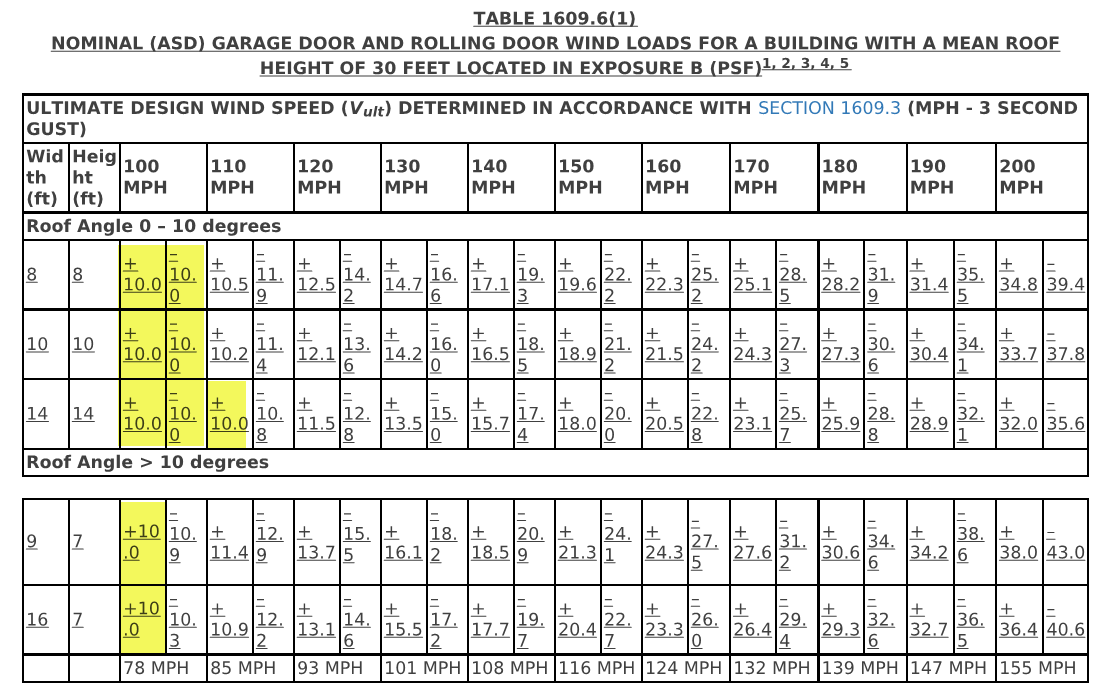
MecaWind Pro Software includes 2020 Florida Building Code 7th Edition
MecaWind now includes the 2020 Florida Building Code 7th edition, as long as you have the Pro version of the software. As noted above, as long as you are following ASCE 7-16 (which is included in the Standard version), then you are essentially meeting 2020 FBC. There are a couple of exceptions:
- The wind maps are more detailed and specific for the state of Florida in 2020 FBC 7th edition.
- There is a special calculation for “Rigid Tile” in Section 1609.5.3 of 2020 FBC 7th edition (same method existed in 2017 FBC 6th edition).
- There is a special calculation method for Garage and Rolling Doors in 2020 FBC 7th edition (same method existed in 2017 FBC 6th edition, except the pressures in the 7th edition were revised to be minimum 10 psf).
If you are using MecaWind Pro then all of these differences are already accounted for in the software. When you select FBC 2020, there will be an option for rigid tile and also garage doors. If you are calculating wind loads on any other structures or buildings (i.e. not rigid tile or garage/rolling doors) then the only difference between selecting FBC 2020 and ASCE 7-16 in the software is that the reports will reference the standard selected. The calculations will be identical since FBC 2020 is following ASCE 7-16 for the calculations.
